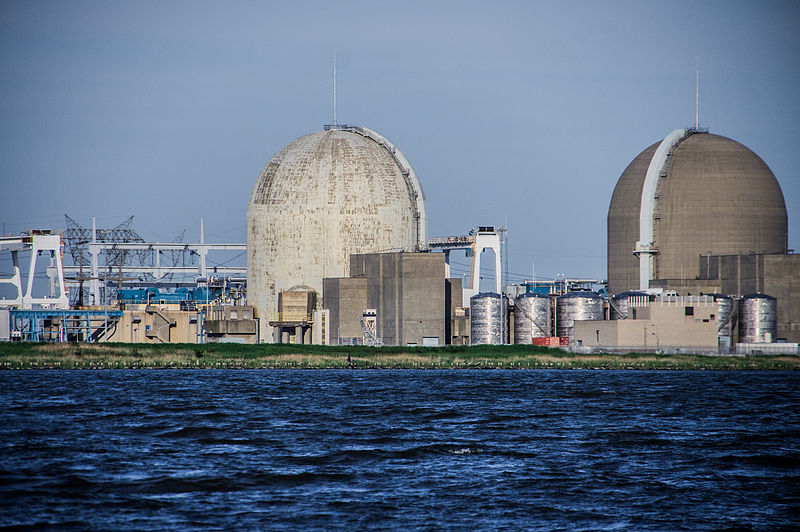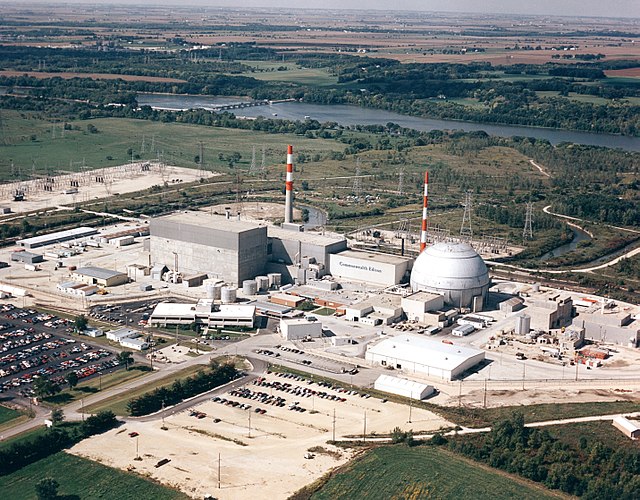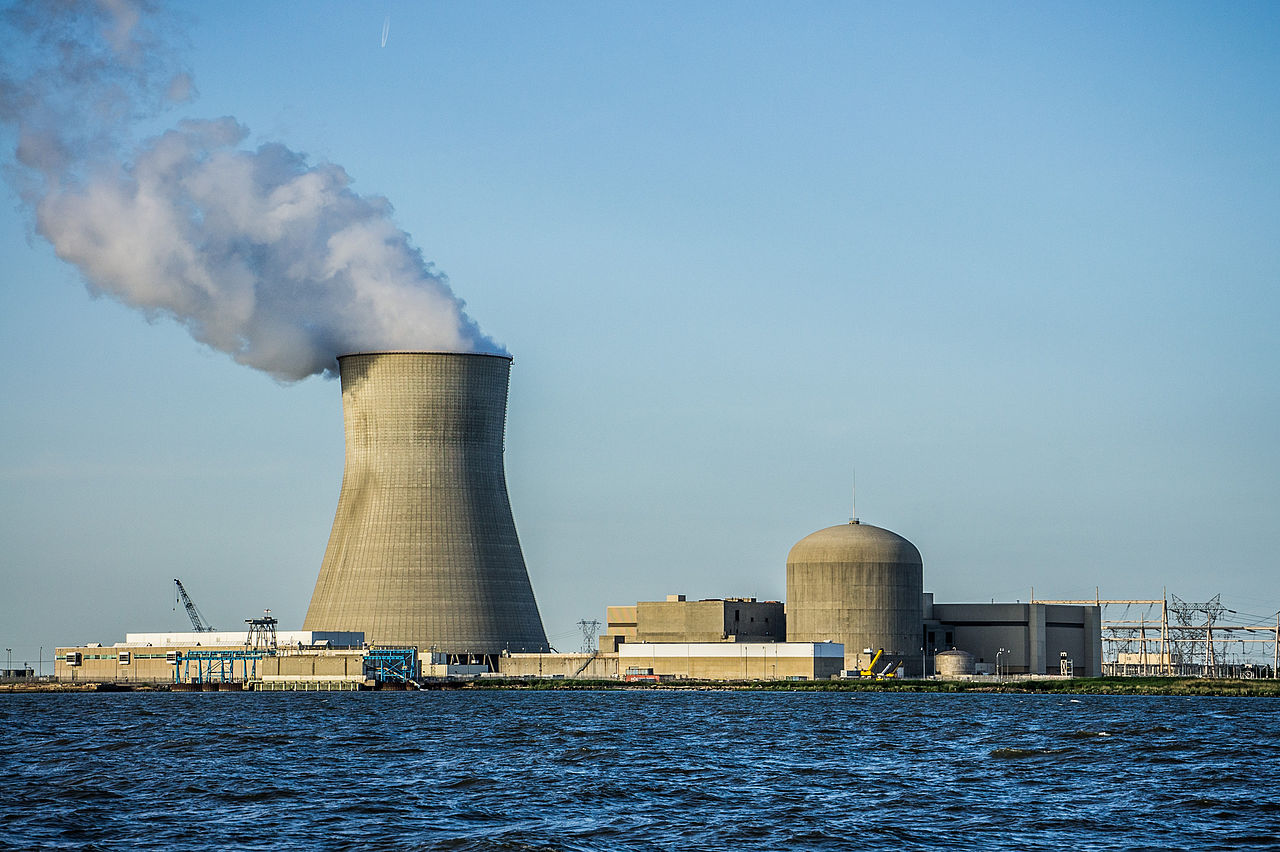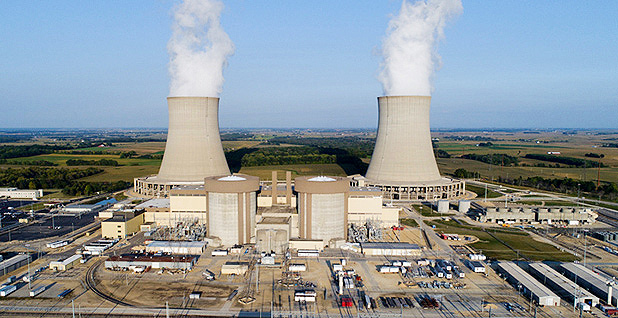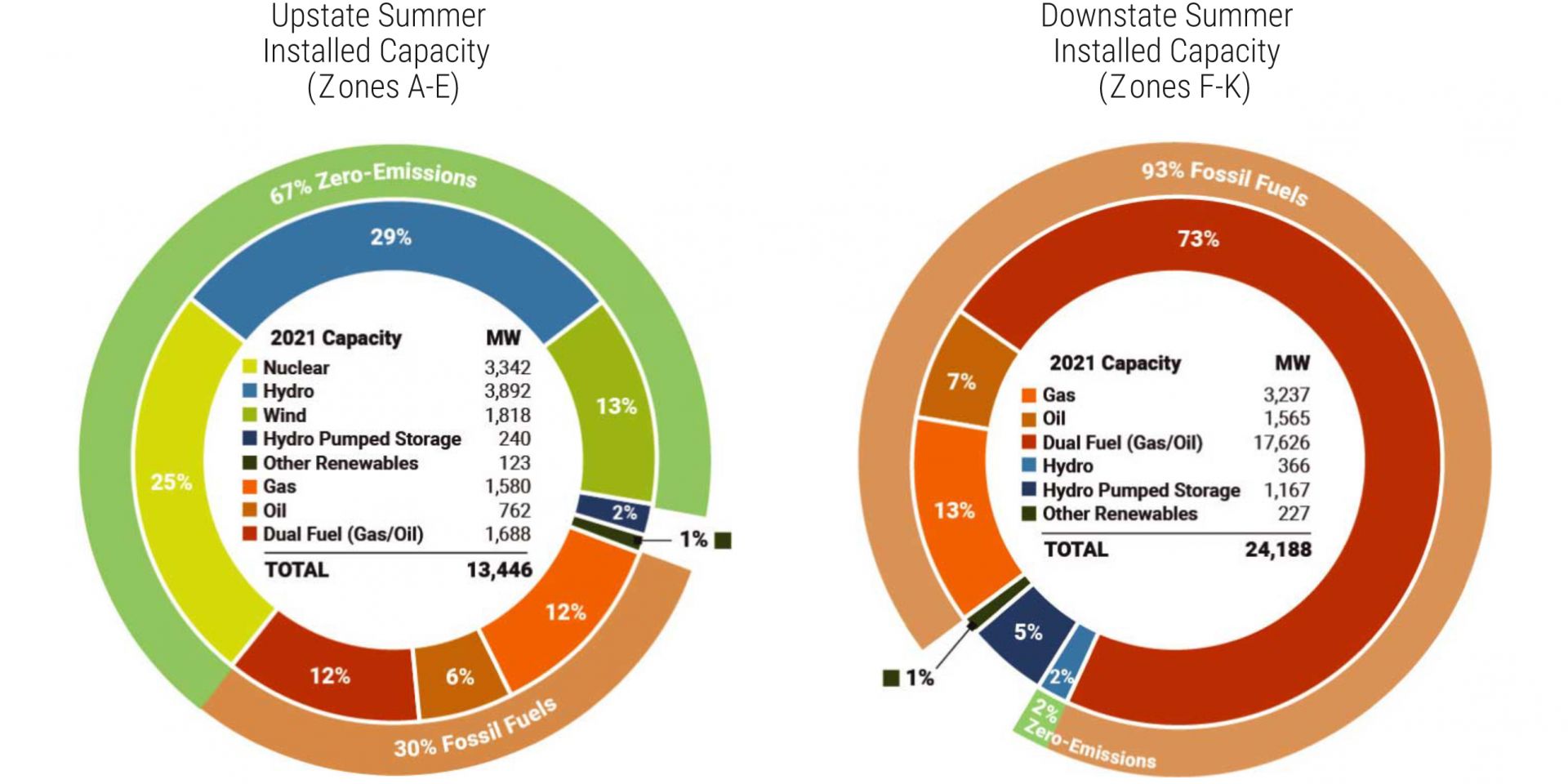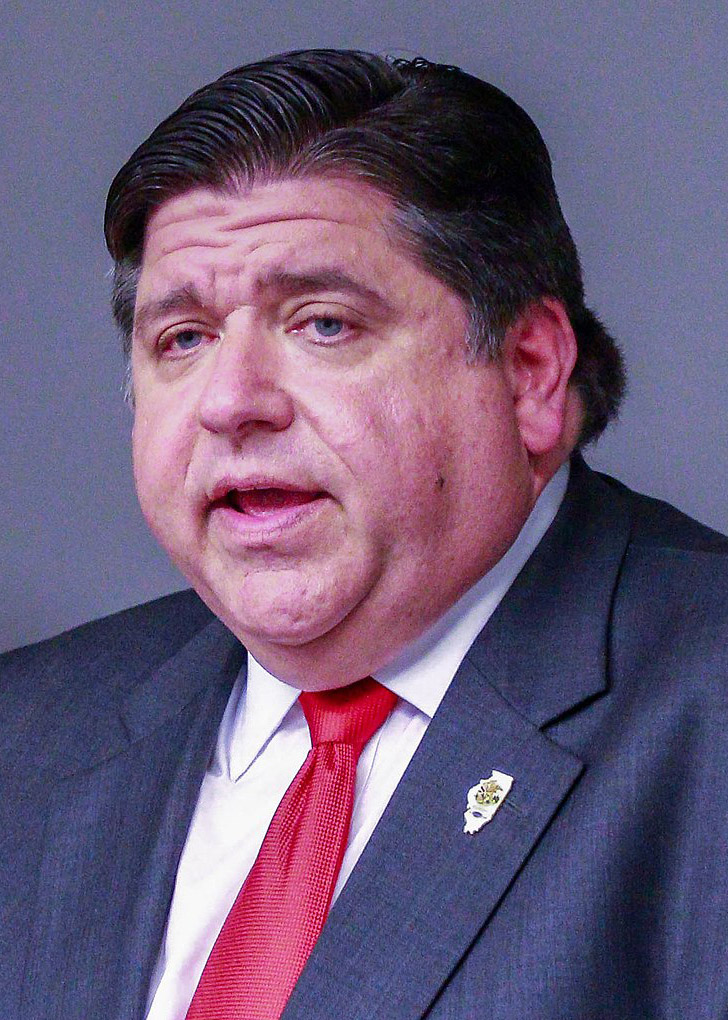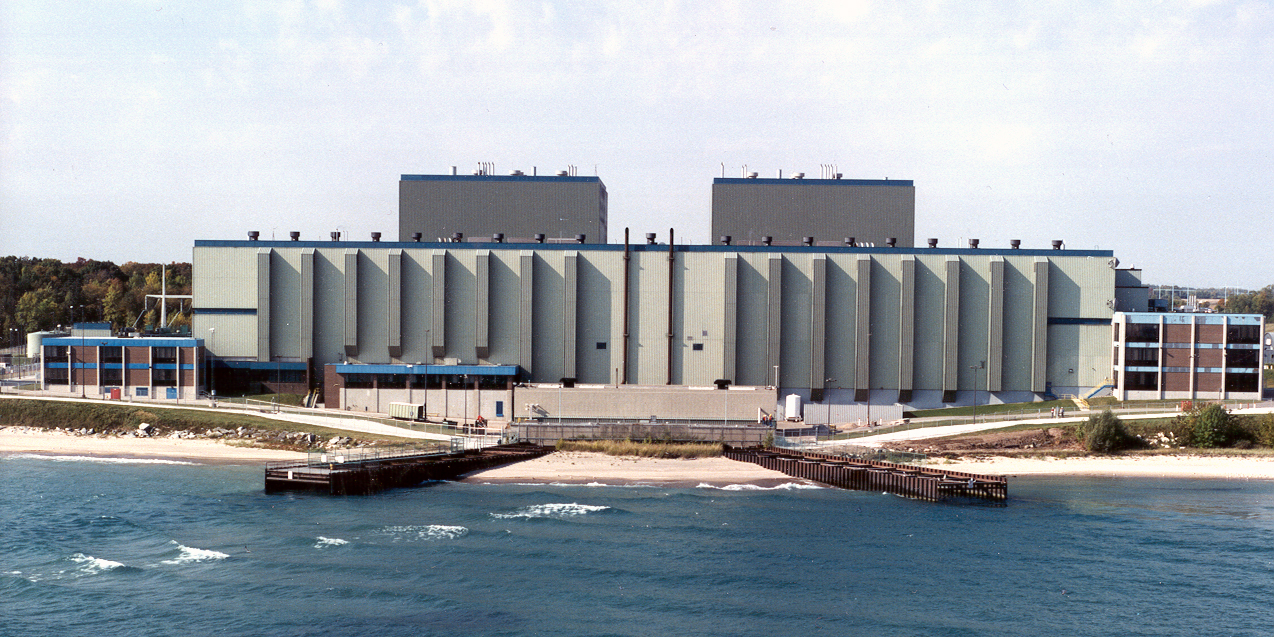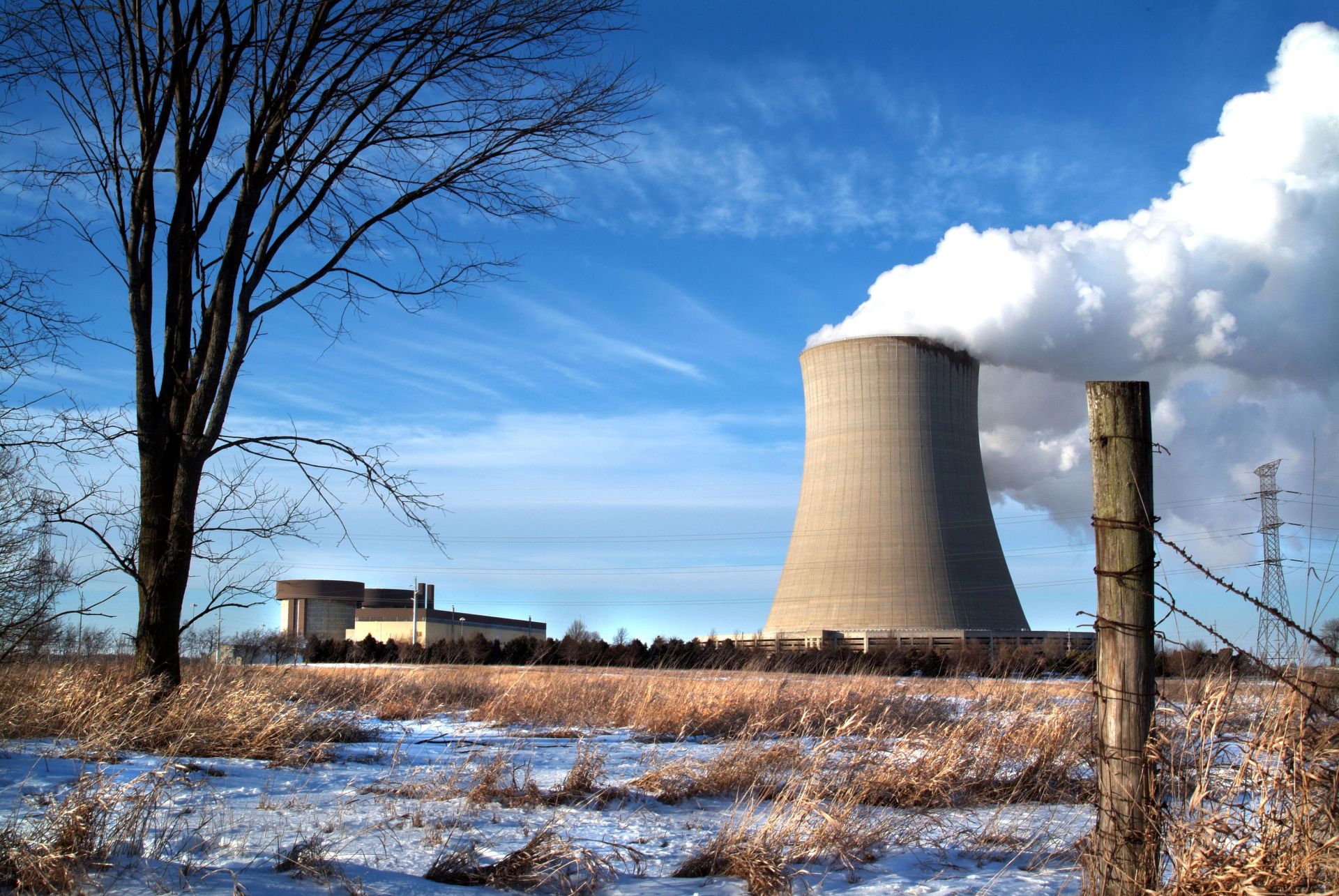The Salem nuclear power plant. (Photo: Peretzp)
In the latest legal action over the New Jersey Board of Public Utilities’ (BPU) April 2019 order providing subsidies to the Hope Creek and Salem nuclear plants, the state’s Supreme Court has declined to hear an appeal.
The Dresden nuclear power plant (Photo: Nuclear Regulatory Commission)
As Illinois lawmakers continue to debate energy legislation that would allow the state’s Byron and Dresden nuclear plants to continue operation beyond this year, Exelon would like to remind everyone—including those legislators, no doubt—of what is at stake.
The Hope Creek nuclear power plant
New Jersey’s Public Service Enterprise Group has announced its intention to achieve net-zero emissions by 2030, shaving two decades off its previously announced target date of 2050. PSEG is owner of the Hope Creek nuclear plant and is co-owner, with Exelon, of the Salem plant.
June 18, 2021, 12:06PMUpdated June 18, 2021, 4:50PMNuclear News The Byron nuclear power plant.
Exelon on June 16 filed with grid operator PJM Interconnection to deactivate the two Byron reactors in Illinois. The move came one day after the Illinois Senate adjourned without reaching an agreement on a comprehensive energy package that would have provided nearly $700 million to keep Byron’s reactors, as well as Exelon’s Dresden and Braidwood nuclear power plants, in operation. (In August of 2020, Exelon announced that it would close the economically challenged Byron and Dresden facilities in the fall of 2021 without some form of state aid to provide compensation for their clean power.) The state’s House of Representatives also adjourned earlier this week without taking up the bill.
Byron nuclear power plant
Three Illinois nuclear power plants—Byron, Dresden, and Quad Cities—did not clear in last week’s long-delayed PJM Interconnection capacity auction, Exelon Generation reported in a filing with the Securities and Exchange Commission.
The news is likely to further pressure the Illinois General Assembly to pass a comprehensive energy package—one with subsidies for the state’s financially ailing nuclear plants—before Exelon moves forward with its plan, announced last August, to prematurely retire Byron and Dresden.
Fig. 1. All reactors. The median DER net capacity factor of the 96 reactors included in this survey for the three-year period 2018–2020 is 91.33 percent. For the five three-year periods between 1997 and 2011 shown above, 104 reactors were in operation. The 2012–2014 capacity factor includes 100 reactors, and 2015–2017 includes 99 reactors.
Capacity factor is a measure of reliability, and reliability delivers results. The U.S. nuclear power fleet produced about 789.9 TWh of clean electricity in 2020 and ended the year with 94 operating reactors. According to Energy Information Administration data, that’s about 37 percent more electricity than the 576.9 TWh produced in 1990 by a much larger fleet of 112 reactors.
Nuclear News has tracked and analyzed the capacity factors of the U.S. fleet since the early 1980s, before concerted industry efforts yielded unforeseen performance improvements. High nuclear capacity factors are now less an achievement than an expectation. So much so, in fact, that advanced reactors in development today are assumed to be capable of achieving capacity factors above 90 or even 95 percent.
The U.S. fleet has maintained a median capacity factor near 90 percent for 20 years (see Fig. 1), and the median design electrical rating (DER) net capacity factor for 2018–2020, at 91.33, does not disappoint—unless by showing virtually no change relative to the median of 91.34 recorded in 2015–2017. However, this lack of meaningful difference only underscores the consistent reliability of the U.S. fleet.
The Byron nuclear power plant
Illinois governor J. B. Pritzker’s proposal to subsidize the state’s Byron and Dresden nuclear plants, introduced in legislative form last week, falls short, Exelon Corporation President and Chief Executive Officer Chris Crane said on May 5 during the company’s first-quarter earnings call.
“From what we’ve heard, it’s open to negotiation, but just going from the street analyst opinion and what we’ve seen, its starting point is not adequate to keep the plants’ continued operations going,” Crane stated.
The above figure provides NYISO's projected mix of resource capacity expected to be available for the 2021 Summer Capability Period.
The figure below shows the vast difference in 2020 between clean energy provided to upstate New York and to downstate New York. With the recent closure of Indian Point-3, the difference will widen for downstate New York in 2021.
NYISO released its 2021 power trends report for the state of New York. As noted by many in the energy community prior to the closure of Indian Point nuclear power plant's Unit 2 and Unit 3 in 2020 and 2021, respectively, the projected mix of resource capacity expected for downstate New York's energy generation will be heavily reliant on fossil fuels.
Two of the state’s six nuclear plants nearly closed in 2016, but legislative action saved them. Now two more are at risk.
If there is one U.S. state you might think would be on top of the nuclear-plant-retirement problem, it’s Illinois: With 11 power reactors, more than any other state, it is number one in nuclear generating capacity. In 2019, 54 percent of its in-state generation came from nuclear power. So why, at this writing in mid-April, does Illinois still face the possibility of losing two of its nuclear plants later this year?
April 16, 2021, 2:59PMUpdated April 19, 2021, 10:56AMNuclear News The Byron nuclear plant is currently slated for permanent closure in September. Photo: Exelon
A research and consulting firm hired by Illinois governor J. B. Pritzker’s administration to scrutinize the financial fitness of Exelon’s Byron and Dresden nuclear plants approves of limited state subsidies for the facilities, according to a redacted version of the firm’s report made available yesterday.
Point Beach Units 1 and 2. Photo: NRC
An atomic safety and licensing board has been established to address a hearing request filed on behalf of an antinuclear group regarding the subsequent license renewal (SLR) application for NextEra Energy’s Point Beach reactors, located near Two Rivers, Wis. The Nuclear Regulatory Commission published notice of the panel’s formation in the April 2 Federal Register.
Byron Generating Station. Photo: Exelon
The University of Illinois Student Section and Chicago Local Section of the American Nuclear Society hosted a webinar, The Role of Nuclear Power in Illinois, on Wednesday, March 31. The webinar provided information for state lawmakers and the general public about the potential consequences of closing the Byron and Dresden Generating Stations, two of the nuclear power plants in the state of Illinois.
The webinar recording has been archived and is available for viewing for free at the above link.
Exelon's Byron Nuclear Generating Station.
A group of Illinois lawmakers joined Joe Duffy, executive director of the labor coalition Climate Jobs Illinois (CJI), at a virtual news conference on March 29 to unveil a union-focused, clean energy legislative proposal that includes help for the state’s struggling nuclear power plants.
